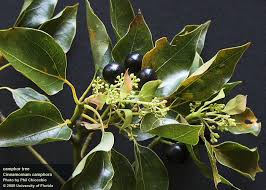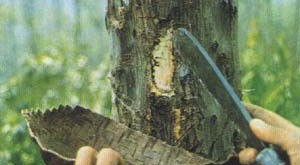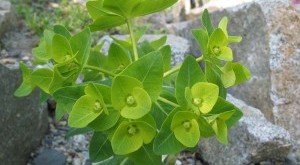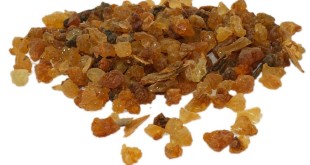Names
1.In Hadis, Arabic & Quran it is called as Kaafur (الكافور)
2. In Sanskrit it is called as Karpura.
3. In Hindi & Urdu it is called as Kafur.
4. In Latin it is called as Cinnamomum camphora.
5.In English it is called as Camphor.


Introduction
It is made from distilling the bark of camphora tree, this is natural form, and also it is made biosynthetically by using chemicals. But natural form is the best to use medically.
It is a waxy, flammable, white or transparent solid substance with aromatic odor, it is a terpenoid found in the woods of Camphora laurel or Cinnamomum camphora (an ever green tree).
Quranic reference of it
Kaafur (الكافور) is mentioned in Quran in chapter no 76. (Sura DAHR) verse no. 5.
In this verse Allah Ta’lah speaks about a drink which will be given to the people of Jannat, this drink will has Flavor of Kaafur.
Nabi صلی اللہ علیہ وسلم’s guidance about it
Arabic words written in below references are the words mentioned in respected Hadees. You can confirm the references of Hadees at sunna.com & Al-Maktab Al-Shamilah (المكتبة الشاملة) also.
Apply Kaafur on dead Body
1. Hazrat Umme Atiya رضي الله عنها says that one daughter of Rasool Allah صلی اللہ علیہ وسلم died, & Rasool Allah صلی اللہ علیہ وسلم told us to give bath to His daughter’s body with sidr (water) for odd numbers of time 3 or 5 or more times if you think necessary, & lastly apply Kaafur (الكافور) or anything made from Kaafur (الكافور سدر) & when you finish inform me. He gave His waist cloth to us (to shroud her). We entwined the hairs in braids & made them fall at her back. : Reference Bukhari: 1263; Book no. 23; In English volume 2; Book no. 23; Hadees no. 353. According to Bulugh Al-Maram: 544; Book no, 3, In English book no.3; Hadees no. 12 that daughter was Hazrat Zainab رضي الله عنها.
Content of it
The main chemical components are a-pinene, camphene, b-pinene, sabinene, phellandrene, limonene, 1,8-cineole, y-terpinene, p-cymene, terpinolene, furfural, camphor, linalool, bornyl acetate, terpinen-4-ol, caryophyllene, borneol, piperitone, geraniol, safrole, cinnamaldehyde, methyl cinnamate and eugenol.
Scientific benefits
- It is anti microbial, suppresses cough.
- Acts as a local anesthetic agent & anti itching.
- Reduces sprain, pain, swelling, inflammation
- It is a tropical vasodilating agent, perspiration & diuretic agent.
- Can be inhaled for Bronchitis & etc.
- Relieves pain, itching, fungal infections, cold sores, hemorrhoids (piles) warts & etc.
Science & Hadees regarding Kaafur
Camphor is also used as an antimicrobial substance. In embalming, camphor oil was one of the ingredients used by ancient Egyptians for mummification. Embalming is the art and science of preserving human remains by treating them (in its modern form with chemicals) to forestall decomposition. The intention is to keep them suitable for public display at a funeral, for religious reasons, or for medical and scientific purposes such as their use as anatomical specimens. The three goals of embalming are sanitization, presentation and preservation (or restoration). Embalming has a very long and cross-cultural history, with many cultures giving the embalming processes a greater religious meaning.
Conclusion of Hadees
1. Use it to apply on dead bodies after giving bath to the death body.
 The Tibb-e-Nabvi The Tibb-e-Nabvi
The Tibb-e-Nabvi The Tibb-e-Nabvi


